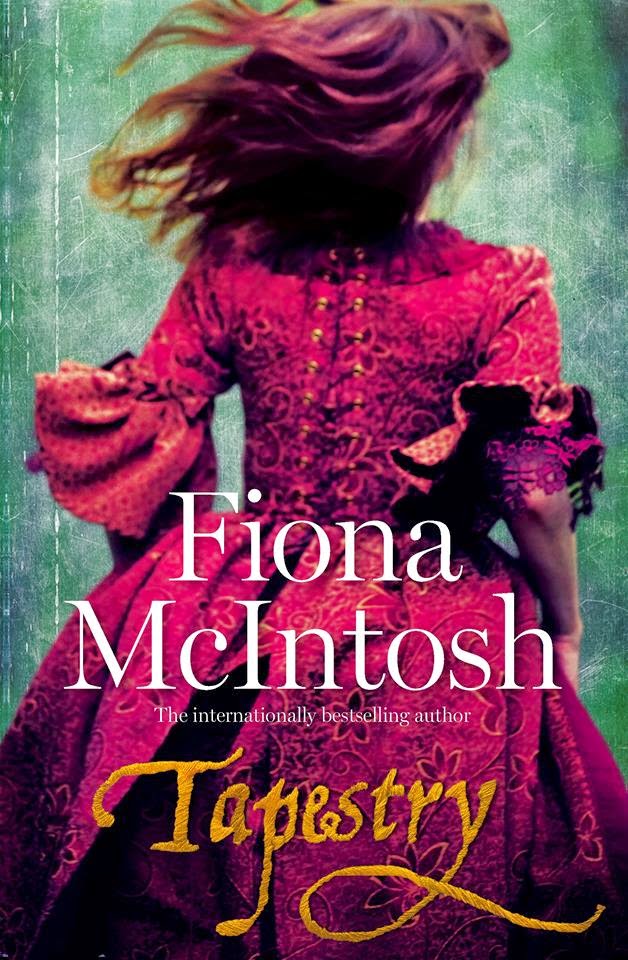Tapestry
Tapestry is a time-slip tale set in both 1715 and 1978. When her fiancé, Will Maxwell, ends up in a coma after a run-in with British soccer hooligans, Jane Granger is desperate to help him. Will has been researching ley-lines: ancient straight tracks of great power. After speaking to a clairvoyant – at this point, down-to-earth Jane is willing to consider anything! – Jane rushes to Uluru, the mystical rock in the centre of Australia and Will’s favourite place. At this conjunction of ley-lines, she is transported back to Scotland of the Jacobite Revolt and into the body of frail Winifred, wife to imprisoned Jacobite lord, William Maxwell – a direct ancestor of her fiancé. Jane’s clairvoyant assures her that 18th-century William must be saved from execution if 20th-century Will is to live. Ingeniously, McIntosh then proceeds to animate and explain the attested historical events surrounding Countess Winifred and her condemned husband through time-slip fantasy. So far, so good.
Depth of historical research is certainly not lacking. Indeed, McIntosh occasionally becomes over-eager to establish historical setting and strays into episodes of “info dump”, letting historical facts intrude into the story in an unconvincing manner. For example, would a woman visiting her condemned husband in the Tower of London really catalogue details of previous notable prisoners to herself as she hurries along?
Despite an intriguing story concept and the wonderful set of historical events around which they are woven, I struggled to finish this book. Perhaps it was the plot clichés (a woman threatened with rape and robbery by highwaymen is conveniently rescued by a handsome nobleman), the unconvincing details (Jane’s karate-kick in 18th-century petticoats when she has minimal knowledge of martial arts), the excess of “mayhaps” to signify period dialogue, or the frequently clumsy writing. Unfortunately not recommended.










